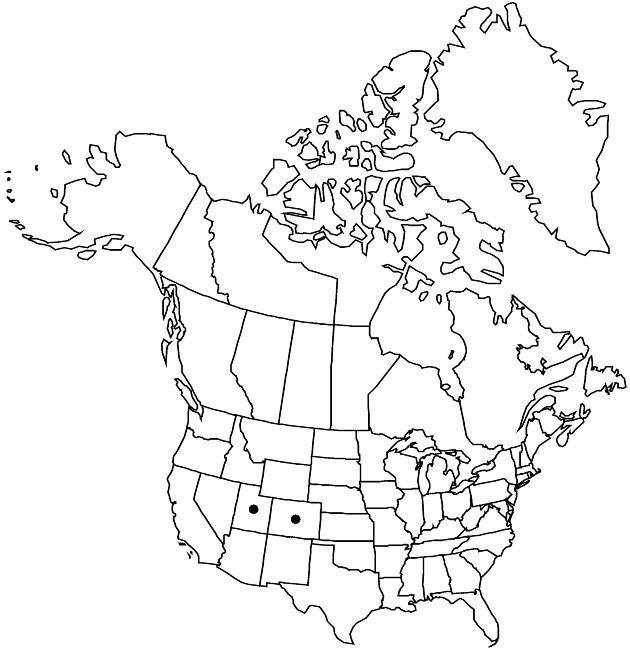Gaillardia spathulata
Proc. Amer. Acad. Arts 12: 59. 1876.
Perennials, 5–35 cm. Leaves mostly cauline; petiolar bases 2–8 cm; blades obovate to oblanceolate or spatulate, mostly 2–5 (–8) cm × 5–25 mm, margins usually entire, sometimes obscurely lobed or toothed, faces sparsely villous. Peduncles 2–6 (–10) cm. Phyllaries 18–24+, lanceolate-ovate to lanceolate-attenuate, 8–12 mm, villous with jointed hairs. Receptacular setae 0.3–2 mm. Ray-florets 7–10; corollas yellow, 12–16 mm. Disc-florets 60–100+; corollas yellow, tubes 0.8–1.2 mm, throats cylindric to urceolate, 4–4.5 mm, lobes ovate-deltate, 0.8–1.2 mm, jointed hairs 0.3+ mm. Cypselae obpyramidal, 3–4 mm, hairs 1.5–2 mm, inserted at bases and on angles and faces; pappi of 10 lanceolate, aristate scales 5–6.5+ mm (scarious bases 3.5–4.5 × 0.8–1.5 mm). 2n = 34.
Phenology: Flowering May–Jun(–Oct).
Habitat: Clays or sandy soils, often rocky places, deserts
Elevation: 1200–2400 m
Discussion
Selected References
None.
